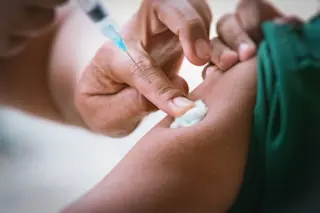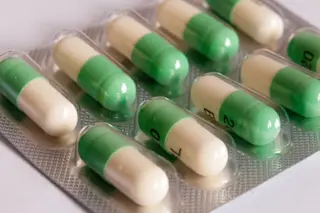(Credit: Shutterstock) Whether we like to or not, we’re all gamblers. Every waking moment, countless stem cells inside our bodies are dividing in order to replace worn out biological machinery. But every time these perfectly healthy cells divide, roughly three mistakes occur in the genetic code—no one’s perfect. These mutations, though unpredictable, are typically benign, but sometimes this molecular game of Roulette takes an unlucky turn. “Most of the time these mutations don’t do any harm; they’re in junk DNA, or unimportant places,” says Johns Hopkins cancer researcher Bert Vogelstein. “That’s the usual situation, and that’s good luck. But occasionally they occur in a cancer driver gene, and that’s bad luck.” Today, there’s little doubt that mutations cause cancer, but there’s less consensus regarding the primary instigators of those mutations. Conventional wisdom holds that if we eat healthy, exercise regularly, breathe unpolluted air and drink clean water we can prevent ...
Random Chance: A Primary Driver of Cancer Mutations?
Explore how random mutations and cancer interconnect, impacting odds of developing this disease beyond environment and heredity.
More on Discover
Stay Curious
SubscribeTo The Magazine
Save up to 40% off the cover price when you subscribe to Discover magazine.
Subscribe













